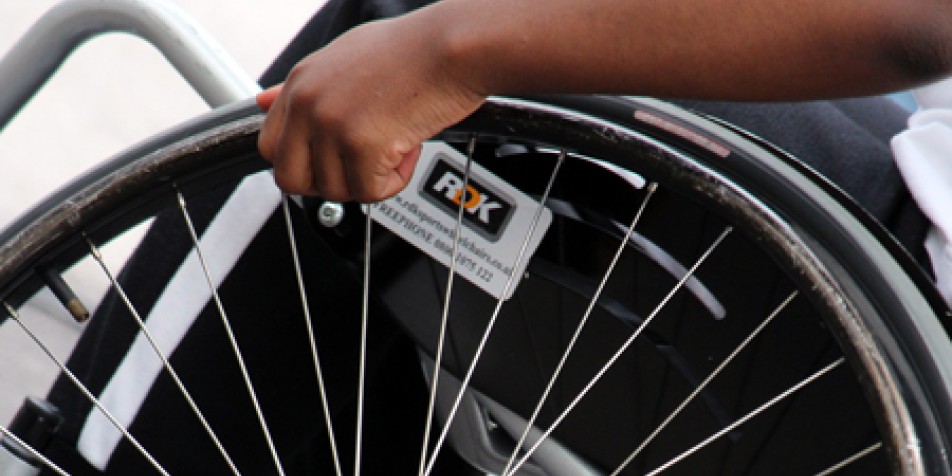Disability Rights are Children’s Rights: What the ADA Means for Youth in the Child Welfare System

Twenty-five years ago, Congress enacted the Americans with Disabilities Act (ADA) into law. This landmark civil rights legislation prohibits discrimination on the basis of disability and requires that people with disabilities have the opportunity to live, work, and access services in the community to the same degree as their non-disabled peers. The ADA requires that reasonable accommodations be made so that differently-abled people may lead full, rich lives. These protections apply to everyone with a disability – including young people in the child welfare system.
|
Despite these protections, young people with disabilities are often sidelined instead of helped. |
Disability rights are children’s rights because children with disabilities are extremely over-represented in the child welfare system. Up to 80% of children in foster care have a chronic medical condition; more than half have significant behavioral health problems or developmental delays.
Under the ADA, a child welfare agency cannot deprive a youth of independent living services, permanency planning, family-based placements, or any other services simply because the youth has a disability. The child welfare agency – or any service provider – must make reasonable accommodations so that the youth can fully access those services.
For example, a hearing-impaired child may need an interpreter to attend financial literacy classes; a teen with cerebral palsy may need a wheelchair ramp to access a foster family’s home; and a youth with an anxiety disorder may need one-on-one support to practice basic life skills. By requiring that these accommodations be provided, the ADA helps ensure that young people with disabilities are better prepared for adulthood.
Despite these protections, young people with disabilities are often sidelined instead of helped. According to a study by the National Disability Rights Network, foster youth with disabilities are regularly placed in institutions; deprived of a meaningful education; and provided with inferior, if any, services. Caseworkers, service providers, and even foster care providers often view youth with disabilities as unfit for adoption, ill-suited for family-based placements, or unable to benefit from education or independent living services. These are inaccurate beliefs that Congress rejected 25 years ago. Without supportive families, these young people frequently lack advocates to help them overcome these misconceptions.
The ADA is a powerful tool for change that has resulted in significant progress for people with disabilities, not least of whom are children in the child welfare system. Increased advocacy will ensure that children in the child welfare system experience the full benefits of the ADA and have access to the services and opportunities that will help them successfully transition to adulthood.
Here are some actions you can take:
- Learn more about the prevalence of disabilities in the child welfare system and the need for quality services, supports, and caregivers to meet their needs. For more information on the experience of children with disabilities in the foster care system, click here. Another important resource is “Fostering Health,” a publication developed by the American Academy of Pediatrics to educate both medical and child welfare professionals about the health needs and service options of foster children.
- If you are an advocate or child welfare professional, improve planning and service delivery for youth with disabilities in the child welfare system by using our guide to transition planning for youth with disabilities. Transition Planning for Youth with Disabilities from the Child Welfare System to Adulthood (2nd Edition): A Guide for Professionals in Pennsylvania provides professionals and advocates with information about the ADA and other legal requirements for meeting the needs of older youth with disabilities while they are in the child welfare system and upon transition.
- If you are working with a youth in the child welfare system who may be experiencing disability discrimination or you need help in advocating for reasonable accommodations, contact your local Protection and Advocacy System (P&A). P&As are federally mandated advocacy organizations that serve individuals with disabilities in each state. In Pennsylvania, the P&A agency is the Disability Rights Network of Pennsylvania (DRN). For a list of P&A agencies by state, click here.
Image credit: "Project 366 #178: 260612 Speedy Wheels!" by Pete, licensed via Attribution Generic 2.0